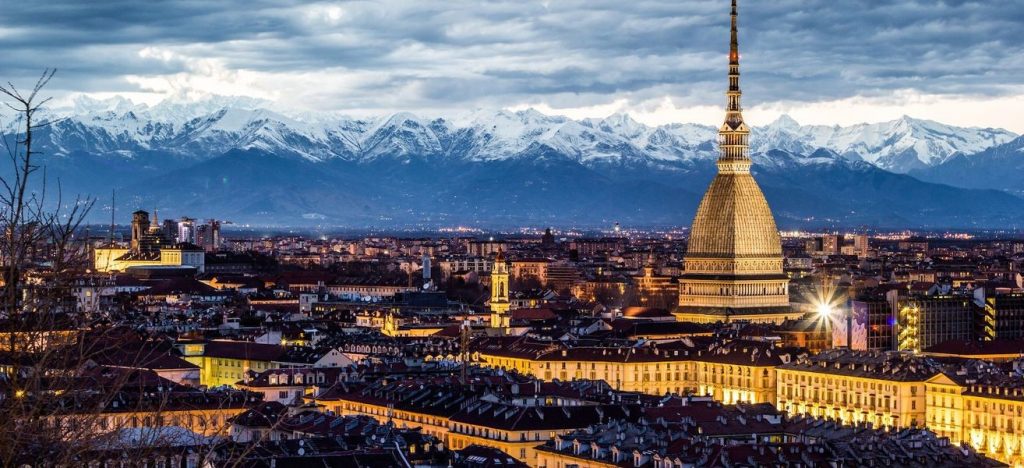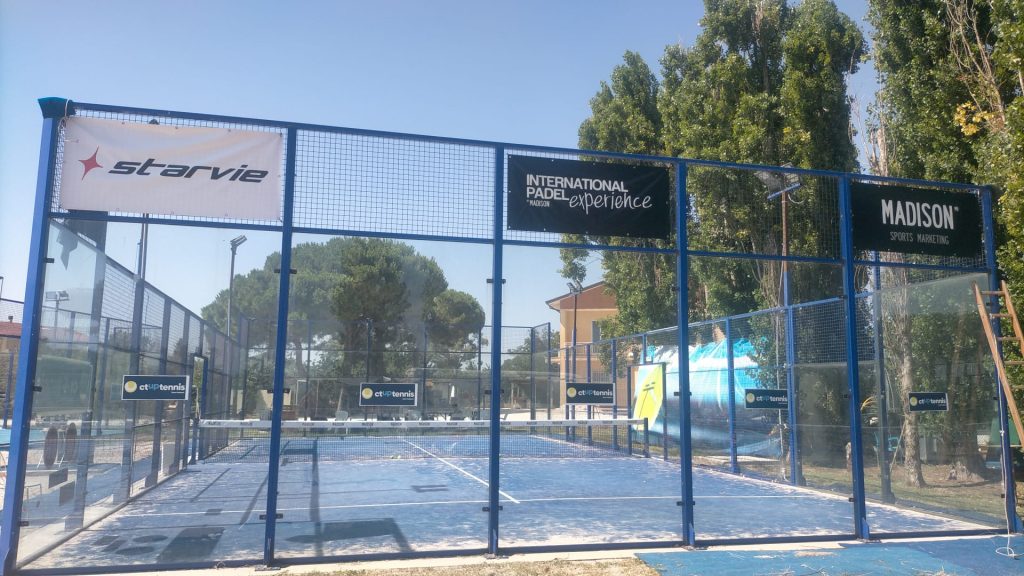[:es]
Turín, importante centro cultural y de negocios dentro de Italia, es la capital de la región de Piamonte y está protegida por la majestuosidad de los Alpes. Cuenta con 2.200.000 habitantes en su área metropolitana y por sus calles puedes encontrar numerosos museos de arte, iglesias, restaurantes, palacios, teatros de ópera, plazas, parques, jardines o bibliotecas.
Es una de las ciudades más industrializadas de la península itálica, formando junto a Milán y Génova el “triangulo industrial”. Por sus calles, puedes encontrar numerosas edificaciones de la época Barroca, Neoclásica y del Art Nouveau. Perderse por Turín es una tormenta de fuertes emociones para las pupilas.
Sus enclaves más conocidos son el monumento “Mole Antonelliana”, principal símbolo arquitectónico de la ciudad, la Catedral de San Juan Bautista (Sábana Santa) y el Museo Egipcio. Este último es la segunda exposición de estas características más importante del mundo por detrás del Museo Egipcio del Cairo. Otro de sus sitios más espectaculares, la Piazza Castello, está considerada el corazón de Turín y se encuentra en el centro histórico de la ciudad. En esta famosa plaza, puedes encontrar varios edificios emblemáticos y destacadas esculturas.
Turín también es conocida por el prestigio que tienen sus universidades, la Università degli Studi di Torino es una de las mejores de Italia y está presente en la ciudad desde hace 600 años. La rivalidad deportiva que existe entre sus dos equipos de fútbol: la laureada Juventus FC y el carismático Torino FC es una de las situaciones que ayuda a entender el carácter de los turineses y un punto de conversación en cada una de las calles de la norteña ciudad.
Por detrás de muchas ciudades italianas en número de visitantes: Roma, Venecia, Florencia, Milán, Pisa, Nápoles o Génova entre otras, no se debería dejar de lado «Torino», imponente metrópoli al norte de Italia, enclavada a pocos kilómetros de la cordillera más imponente de Europa: los Alpes.
[:en]
Turin, important cultural and business center within Italy, is the capital of the Piamonte region and is protected by the majesty of the Alps. It has 2,200,000 inhabitants in its metropolitan area and through its streets you can find numerous art museums, churches, restaurants, palaces, opera houses, squares, parks, gardens or libraries.
It is one of the most industrialized cities of the Italian peninsula, forming together with Milan and Genoa the «industrial triangle». Through its streets, you can find numerous buildings from the Baroque, Neoclassical and Art Nouveau periods. Getting lost in Turin is a storm of strong emotions for the pupils.
Its most well-known enclaves are the monument «Mole Antonelliana», the main architectural symbol of the city, the Cathedral of San Juan Bautista (Shroud) and the Egyptian Museum. The latter is the second most important exhibition of its kind in the world behind the Egyptian Museum in Cairo. Another of its most spectacular sites, Piazza Castello, is considered the heart of Turin and is located in the historic center of the city. In this famous square, you can find several emblematic buildings and outstanding sculptures.
Turin is also known for the prestige that its universities have, the Università degli Studi di Torino is one of the best in Italy and has been present in the city for 600 years. The sporting rivalry that exists between its two soccer teams: the laureate Juventus FC and the charismatic Torino FC is one of the situations that helps to understand the character of the Turinese and a point of conversation in each of the streets of the northern city .
Behind many Italian cities in number of visitors: Rome, Venice, Florence, Milan, Pisa, Naples or Genoa among others, you should not leave aside «Torino», imposing metropolis in the north of Italy, located a few kilometers from the Europe’s most imposing mountain range: the Alps.
[:]











